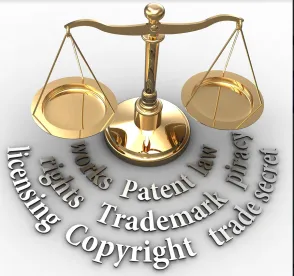The US Court of Appeals for the Federal Circuit vacated a jury’s damages award, finding that the entire market value rule could not be used to calculate damages since the patented feature did not drive demand for the product. Power Integrations, Inc. v. Fairchild Semiconductor International Inc., Case Nos. 16-2691; 17-1875 (Fed. Cir. Jul. 3, 2018) (Dyk, J).
Power Integrations and Fairchild both manufacture power supply controller chips used in chargers for electronic devices, such as cellphones and laptops. Power Integrations owns a patent directed to switching regulators that direct power delivery and sued Fairchild asserting infringement of that patent. At trial, based on damages testimony that relied on the entire market value rule, a jury awarded Power Integrations approximately $140 million in damages. After trial, Fairchild moved for judgment as a matter of law, or in the alternative, a new trial, arguing that the damages award was not supported by substantial evidence and that the use of the entire market value rule was improper. The district court denied the motion. Fairchild appealed.
On appeal, Fairchild argued that the damages award should be vacated because it improperly used the entire controller chip, and not just the patented feature, as the royalty base. Power Integrations responded, arguing that its expert properly used the entire controller chip as the royalty base, thus satisfying the entire market rule since:
-
The patented feature was essential to some customers.
-
Some customers asked for the patented feature.
-
Products with the patented feature outsold products without the patented feature.
-
Technical marketing materials promoted the patented feature.
The Federal Circuit agreed with Fairchild, vacating the damages award and finding that when a product contains other valuable features, the patentee must prove that those other features did not influence purchasing decisions. The Court noted that both parties agreed that the accused products contained other valuable features, including technology that is the subject of a separate lawsuit over different patents. Given these other features, the Court concluded that Power Integrations “did not meet its burden to show that the patented feature was the sole driver of consumer demand, i.e. that it alone motivated consumers to buy the accused products.” The Federal Circuit explained that “the entire market value rule is appropriate only when the patented feature is the sole driver of customer demand or substantially creates the value of the component parts.”
Practice Note: Given the stricter “sole driver of demand” requirement outlined in Power Integrations, district courts are likely to be increasingly wary of allowing entire products to be used as the royalty base. However, it might be possible to apportion damages through the royalty rate while still using the entire product as the royalty base, as suggested by the Federal Circuit in Exmark Manufacturing Company Inc. v. Briggs & Stratton Power Products Group, LLC and Ericsson, Inc. v. D-Link Systems, Inc.




 />i
/>i

